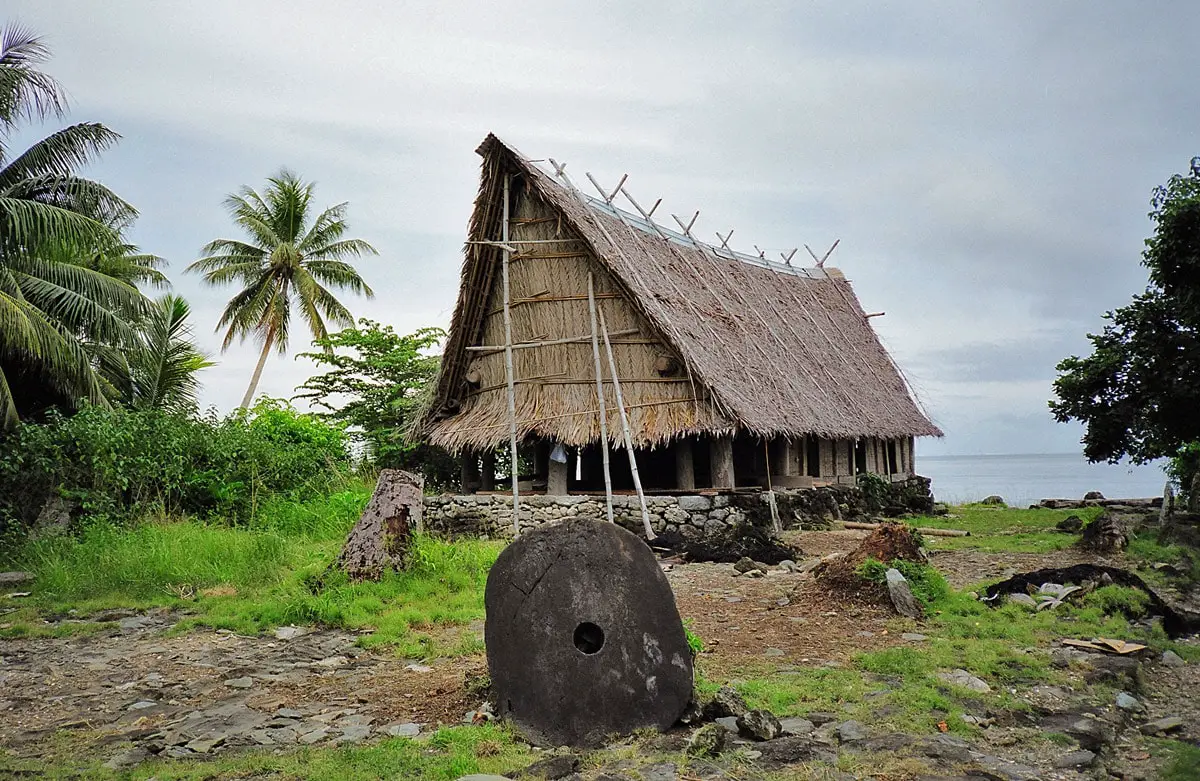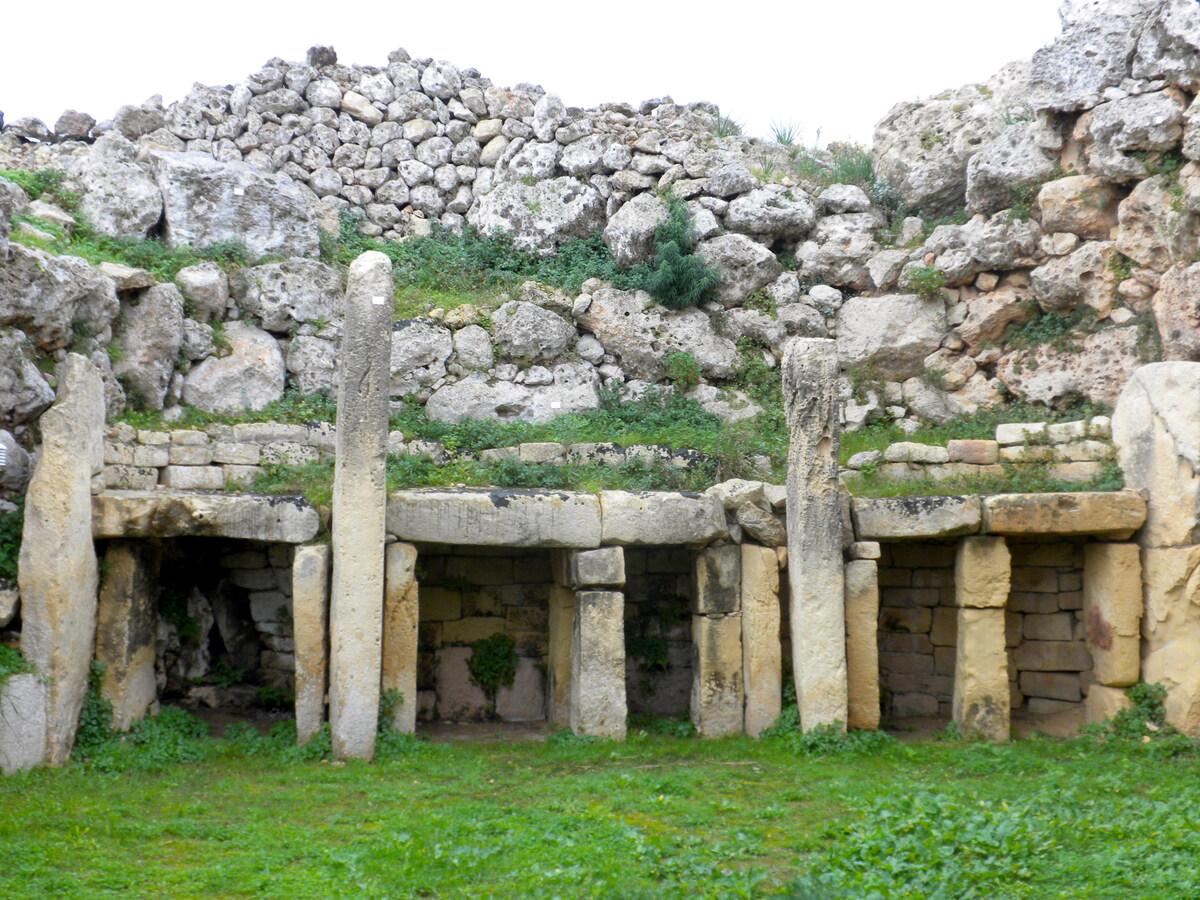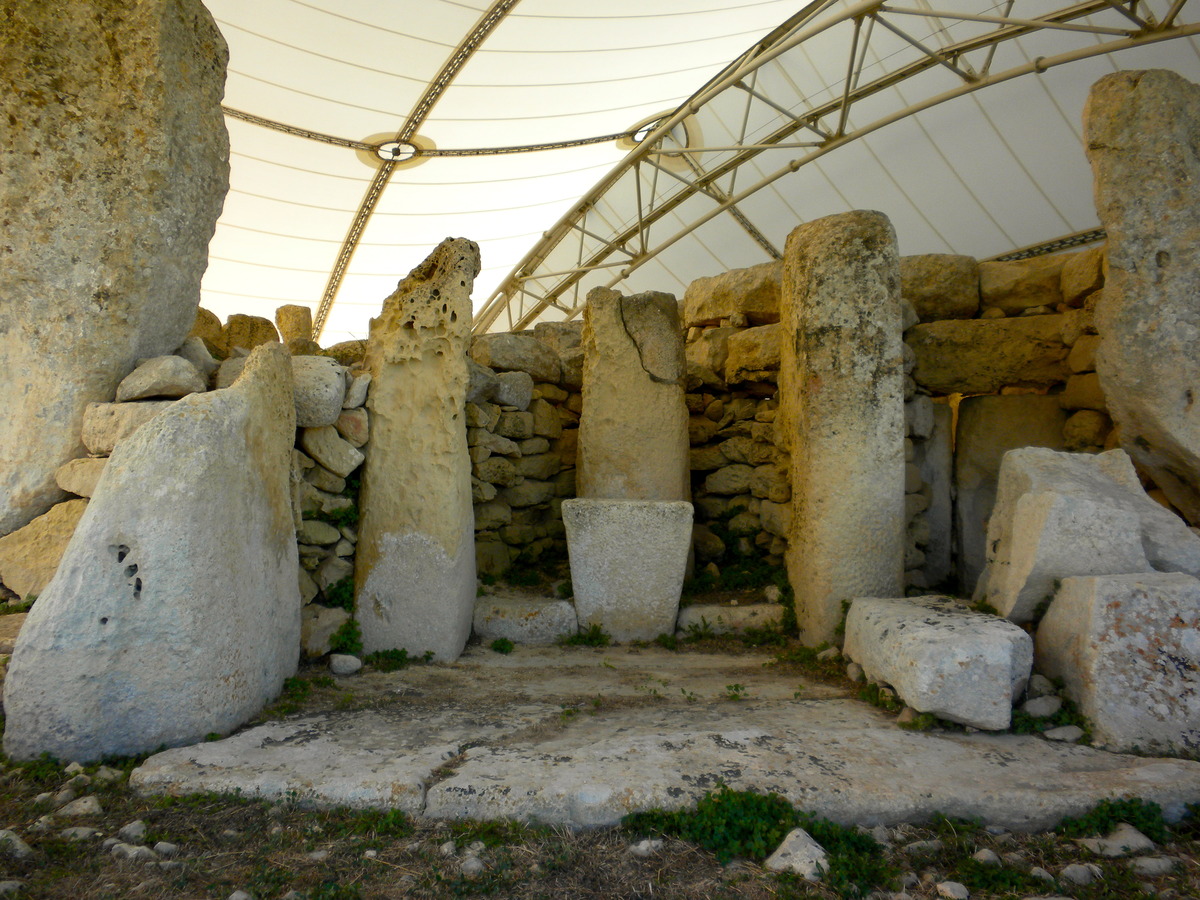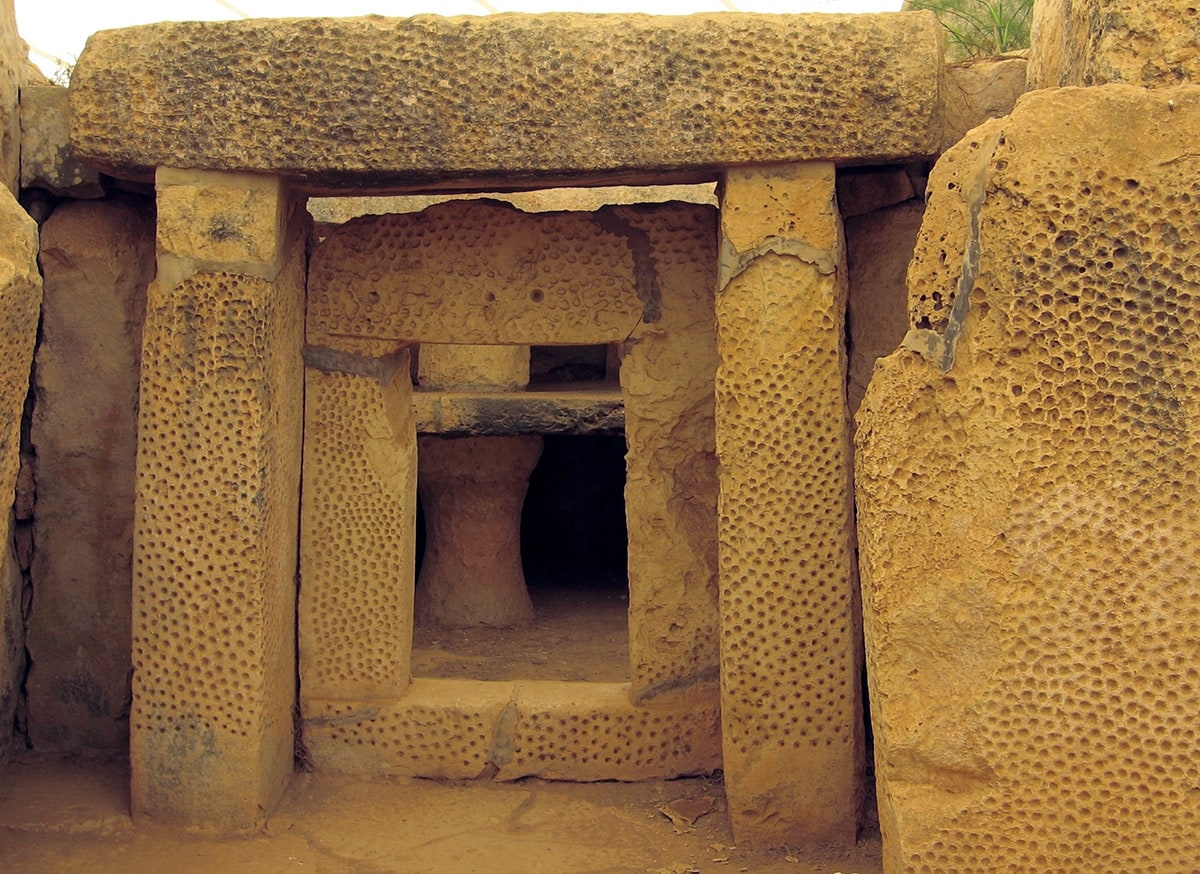Wondermondo 🢖 Categories of wonders 🢖 Archaeological wonders 🢖 Megaliths
Category
Megaliths
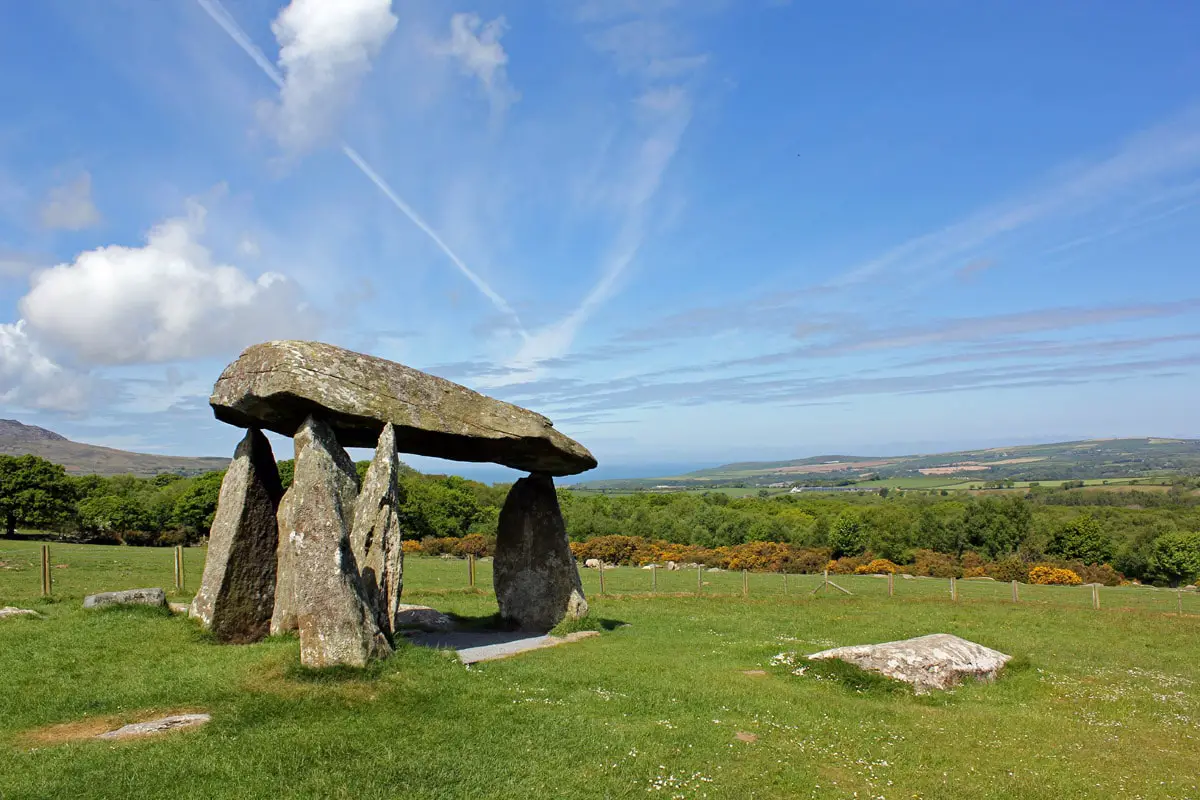
 Described megaliths
Described megaliths
If you see this after your page is loaded completely, leafletJS files are missing.
 What is included in this category?
What is included in this category?
Definitions
One of the most fascinating groups of archaeological monuments is prehistoric structures made of stones or soil – megaliths, cairns, and petroforms. One of the keys to their popularity is that they are widespread in Western Europe, the birthplace of modern science. One can imagine that as children, numerous great thinkers were fascinated by these exotic exceptions to the simple rural life: legendary stones erected by an ancient unknown people without any known practical use. Through the ages, people have loved to strain their minds to find a sensible explanation to the many riddles posed by megaliths.
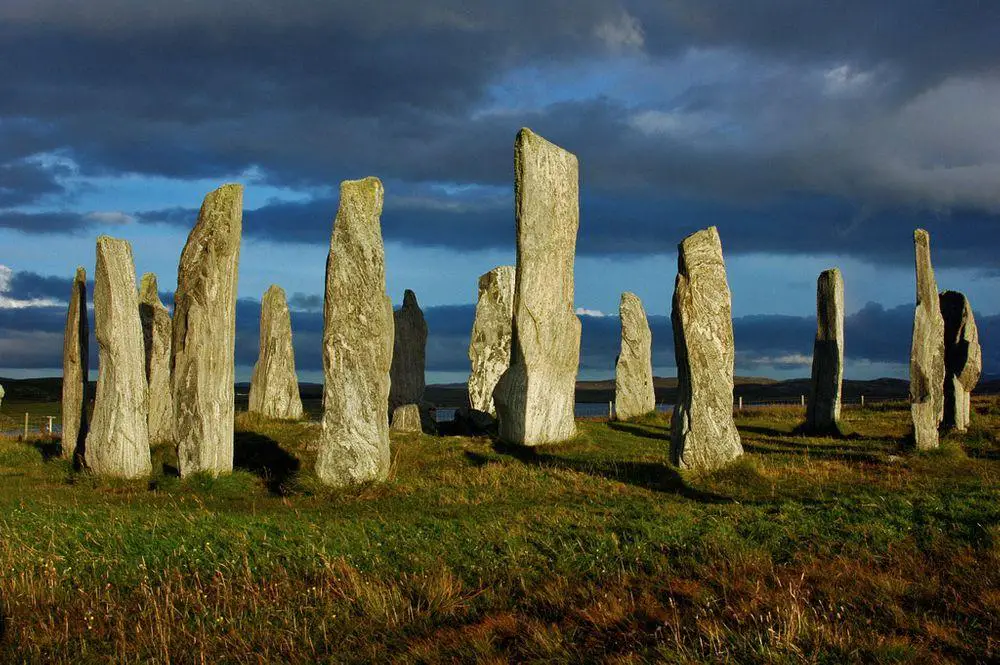
Even today, we can admit with some pleasure, there are thousands of mysteries left for us. Numerous unknown and forgotten megaliths can be found in regions where megaliths have not been reported so far.
Wondermondo admits that this group of interesting monuments has vague borders of criteria, often overlapping with others e.g. megalithic monuments can be cult sites, ancient burials, and monuments of rock art. But there is something clearly distinctive about megalithic monuments – a feeling of mysterious ancient times, cultures with long forgotten and very different sets of values. Too often we don’t have even a clue why people made these monuments.
Megaliths as defined in this website are structures made of large stones by ancient cultures, without any mortar or cement. In general, this does not include structures built by developed and well-expressed cultures like the Romans or Maya but rather the more ancient cultures.
Cairns are man-made piles of stones of diverse purpose and meaning.
Petroforms are ancient, human-made patterns of rocks or soil on open ground.
Although most megaliths in the world belong to the Mesolithic, Neolithic, Chalcolithic, and Bronze Ages, there are exceptions to this rule: such as the Iron Age stone ships in Sweden or medieval turf labyrinths and mazes, as well as dolmens, menhirs, and the other megalithic structures of the several islands of Indonesia, which are in active use up to this day. In this group, there are also some monuments made without stones, such as the Northern European labyrinths made of peaty soil.
Very often ancient tombs are also megaliths. These consist of stone ships, dolmens, and passage graves. Many megalithic monuments represent sites of ancient cults or even contemporary cults. Often megaliths are ancient fortifications. In addition, there are many fascinating monuments with unknown meanings or functions.
Often stones forming a megalithic monument also bear engravings. Most often these are simple cup marks but one can also find more complex drawings. Thus there is not a clear division between megaliths and rock art either.
Classification
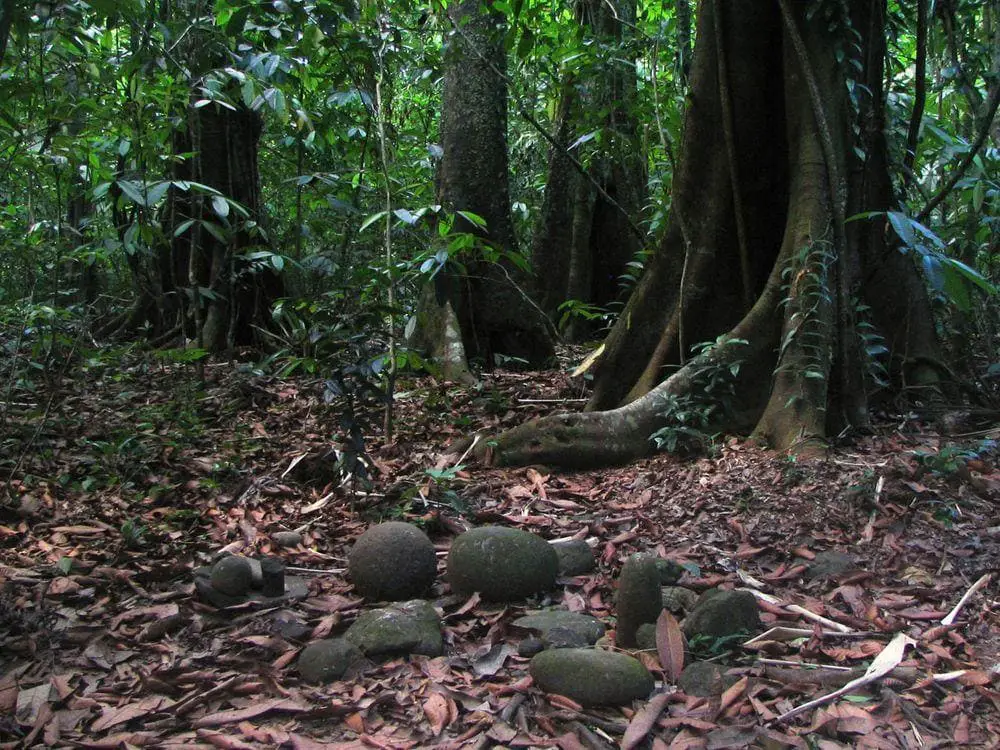
Megaliths and petroforms include very diverse monuments. Initially, the term “megalith” was applied to Western European monuments, and a classification system developed with multiple local variations. However, the numerous and diverse megaliths outside Europe make this classification much harder.
One way to classify them is to divide megalithic structures into two major classes – polylithic type (a structure consisting of many stones) and monolithic type (a single stone). Unfortunately, this division is much less straightforward than it sounds. For example, there can be different groups of separate standing stones or a standing stone can have a cap of another stone on top (like moai in Rapa Nui do).
Another way is to list all the diverse forms of megaliths. Some of the most popular in Western Europe are:
- Menhirs – single, large standing stones
- Dolmens – chambers made of large stone slabs – mostly tombs, which most likely were covered with earth
- Cairns – ancient, manmade piles of rocks
- Passage graves – tombs with a larger room accessible through a narrow passage
- Gallery graves – tombs where the width of burial room and passage to it do not differ
- Stone circles – stones set in circular or elliptical form
- Henges – earthwork rings
- Stone rows – rows of upright stones
- Stone ships – burial with a stone setting in the form of a ship
- Stones with cupmarks and ring marks
- Stone or soil labyrinths
and so forth.
Although these monuments can be found outside Europe as well, in other areas of the world there are other kinds of megalithic monuments. Some examples are:
- Ahu and also some marae – sacred sites of Polynesians – cleared areas with stones marking borders, whole stone platforms
- Megalithic stone walls – walls made of massive, precisely shaped stone blocks in several areas of the world
- Medicine wheels – stone settings in a form of an enormous spiked wheel, found in North America
- Inukshuks – vertical stone settings, sometimes resembling human statues, in Arctic North America
- Kenong stones (watu kenong) – cylindrical stones in Sunda Islands, Indonesia
as well as many others.
 Top 25 megaliths
Top 25 megaliths
Asia
Göbekli Tepe
Turkey
The oldest place of worship in the world (the 10th millennium BC, late Mesolithic – early Neolithic) has several monolithic stone pillars, up to 3 meters in height with carved reliefs and pictograms.
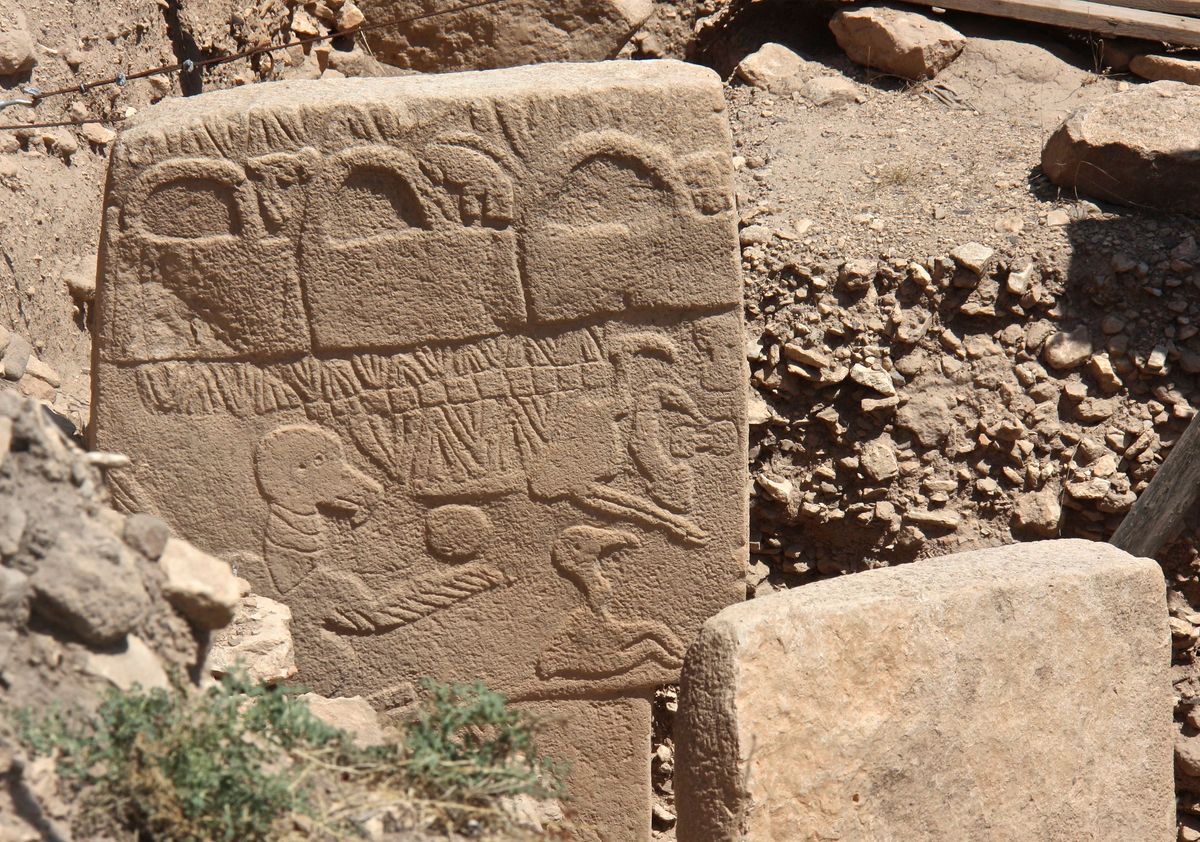
Plain of Jars
Laos
More than 90 separate sites with unique megaliths – giant, 1 – 3 m high stone jars. On some sites are even 400 jars. These megaliths were created in 500 BC – 500 AD and used as human burial sites.
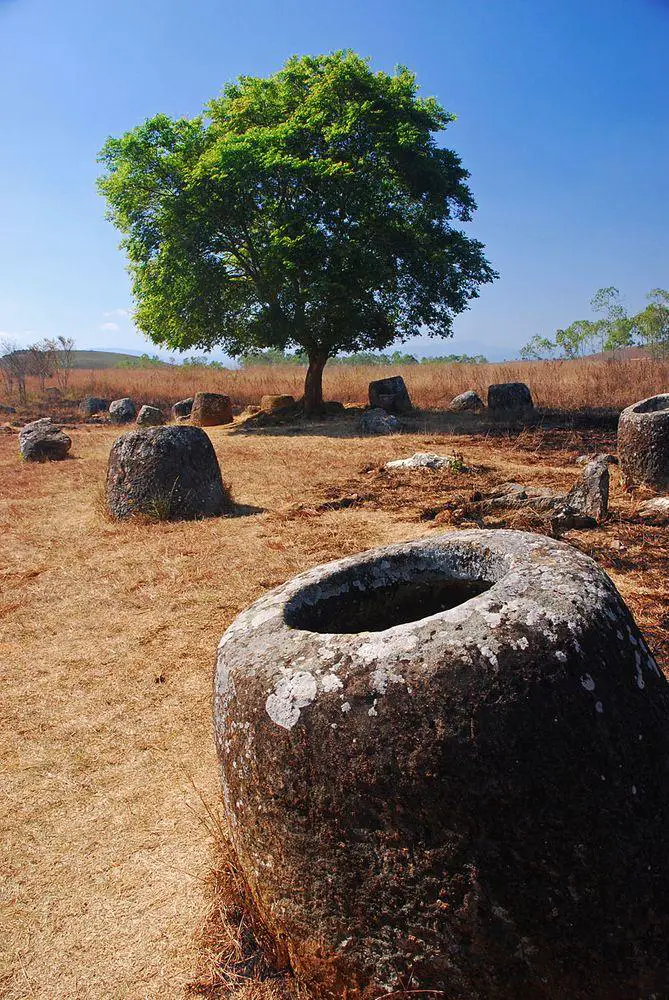
Atlit Yam
Israel
Remains of a Neolithic village, now submerged 8 – 12 m deep in the sea. Inhabited in 6900 – 6300 BC. The village most likely was abandoned after the tsunami. The site contains megaliths with up to 600 kg heavy stones. There still is flowing a freshwater spring and around it are arranged stones with cup-marks.
Yonaguni Monument
Japan
An unusual underwater rock formation that resembles terraces. There are discussions about whether this is a natural or man-made formation that has been made several millennia ago and is now inundated due to earthquakes.
Hire Benakal
India
A visually impressive group of some 400 megalithic tombs – dolmens. These structures were built in the time period between 800 and 200 BC. The largest megalithic site in South India.
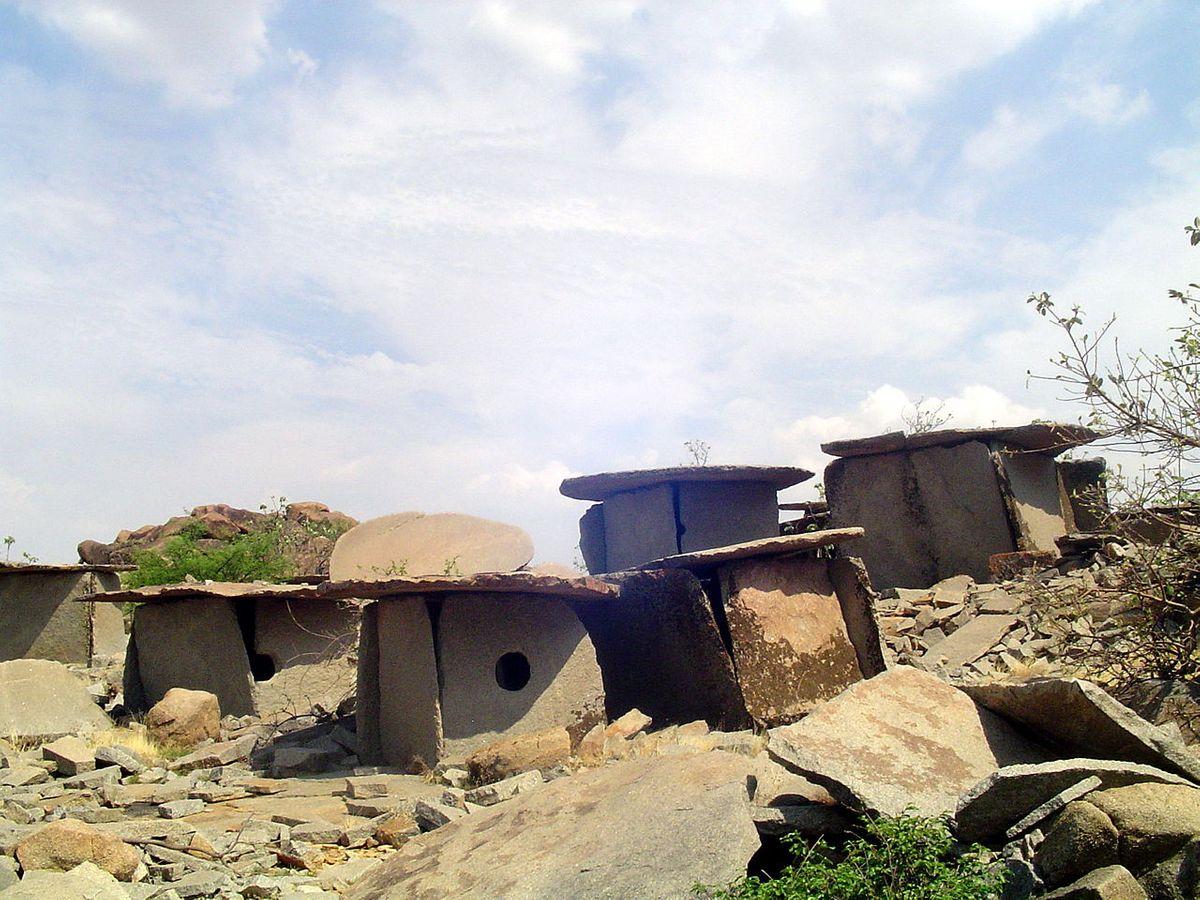
Australia and Oceania
Ahu Tongariki
Rapa Nui (Chile)
The largest ahu with an unusual history: its moai possibly were toppled during the civil wars and swept inland some 100 meters by a tidal wave in 1960. It is restored and all 15 moai again face the sunset during the summer solstice. Here is the largest standing moai of Rapa Nui – it weighs 86 tons.
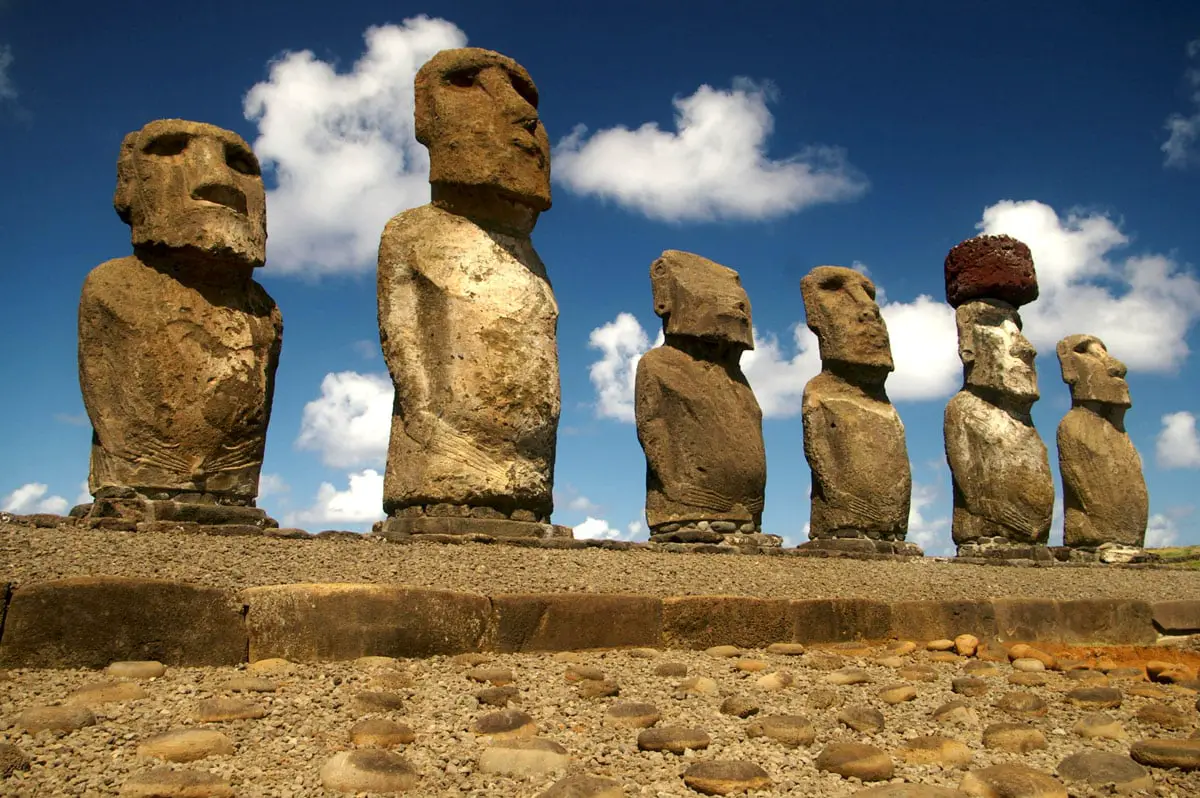
Rano Raraku quarry
Rapa Nui (Chile)
One of the visually most impressive megalithic monuments in the world. Rano Raraku in 1200 – 1700 AD served as a mine of moai. 397 sculptures are still located in situ, half-made, or left on the way to their destinations. Here is located the largest moai weighing 270 tons and 21.6 m tall, many times larger than any transported moai.
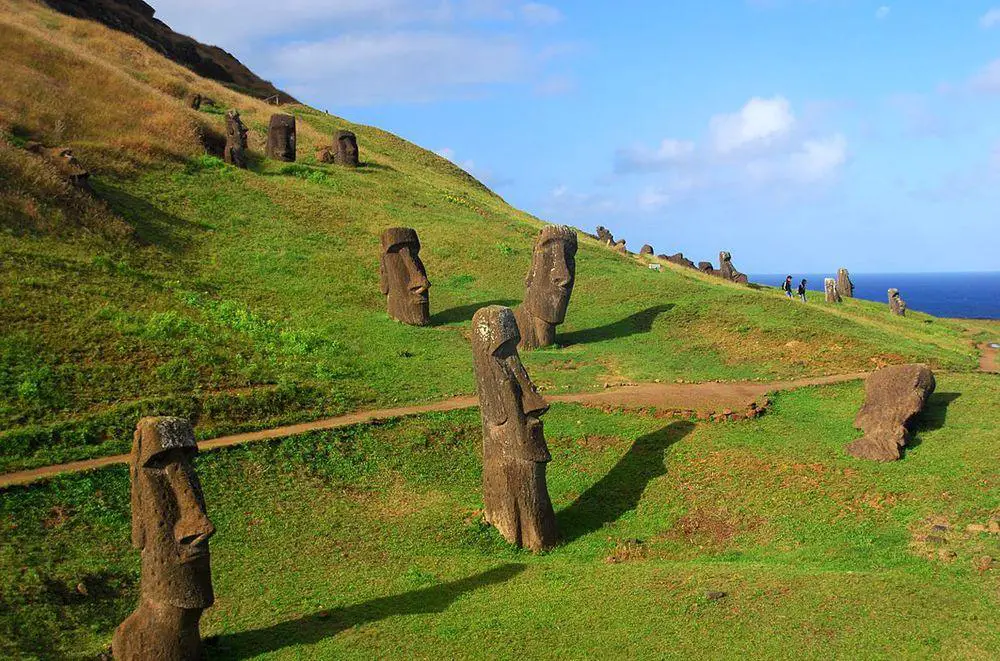
Rai of Yap
Federated States of Micronesia
Limestone discs with a hole in the middle, and a diameter of up to 3 meters, used as money over the last 500 years. In 1929 there were registered 13,281 stone discs all over the island, now many have been looted and some thousands remain. The largest “coins” are on Rumung Island – one coin here has a diameter of 3.6 m.
Ahu Akivi
Rapa Nui (Chile)
A group of seven moai located inland and erected after 1400 AD and restored in 1960. These moai face a village that has been abandoned long ago. This group of moai faces the sunrise during the spring and autumn equinox.
Ahu Tahai
Rapa Nui (Chile)
This ahu consists of five moais and faces an old village site – this village could be inhabited already by the 8th century (the earliest dated settlement on the island). Ahu has been built already in the 8th – 10th centuries, although moais most likely have been built later. Here nearby is located a beautiful hare paenga – the foundation of a house of higher status.
Europe
Stonehenge
United Kingdom
One of the most popular archaeological monuments in the world. It consists of a group of large standing stones in a circular setting that were erected sometime around 2500 BC (?). Located in the middle of a dense complex of archaeological monuments.
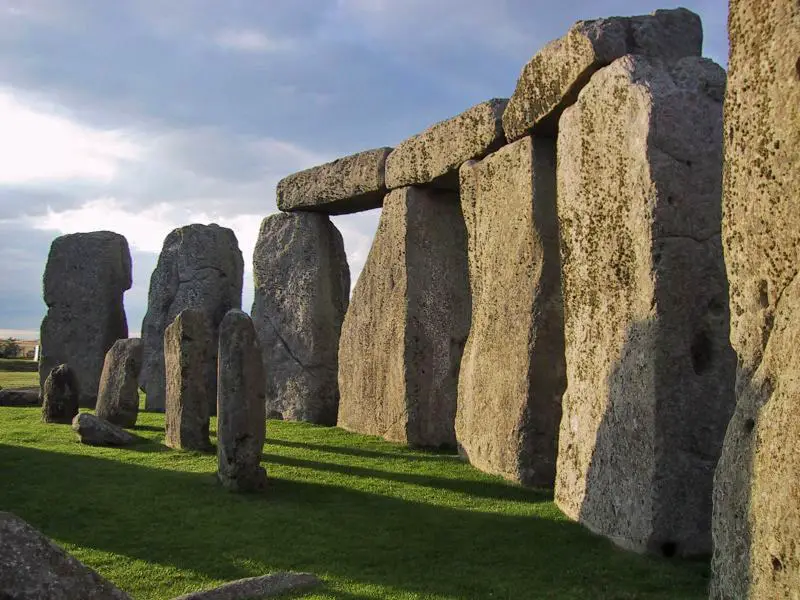
Ggantija
Malta
Very old megalithic temples, constructed in Neolithic Age. The oldest, southerly temple was built around 3600 BC and belongs to the world’s oldest structures.
Ħaġar Qim
Malta
A complex of megalithic temples, a unique prehistoric monument. The main temple was made from enormous stone labs around 3600 – 3200 BC but to the north of it is a considerably older structure. The facade includes a 57 tons heavy stone – the largest megalith in Malta. In the temple were found sculptures resembling the style of Upper Paleolithic Venus figurines.
Newgrange
Ireland
Most famous megalithic site in Ireland: a tomb hill, 76 meters wide and 12 meters high with a passage grave built between 5500 – 3200 BC. Renowned due to its astronomic positioning: at the dawn of winter solstice day Sun shines through the 18-meter-long passage.

Ring of Brodgar
United Kingdom
Circle of standing stones inside of a henge. Developed around 2500 – 2000 BC. Northernmost circle henge in Britain. The diameter of the stone circle is 104 m – the third largest in the British Isles.
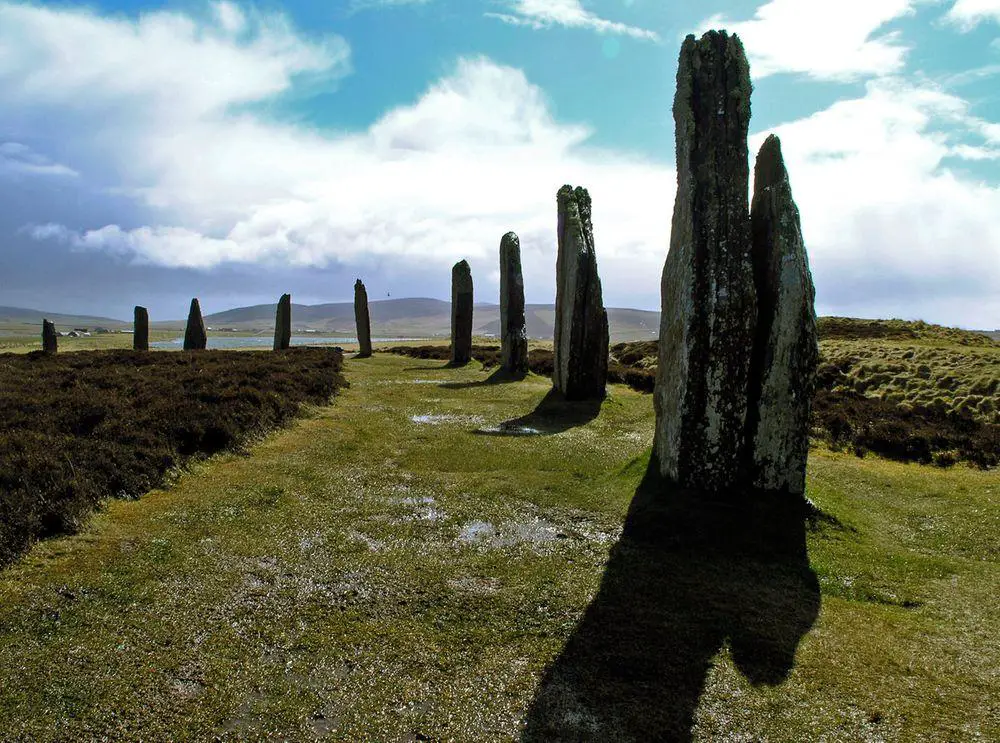
Treasury of Atreus
Greece
Enormous tholos – a royal Mycenaean tomb that was constructed around 1250 BC. The notable achievement of ancient engineers is the shaping transport and rising of the lintel stone above the doorway – it weighs 120 tons and is 8.3 m long. The domed room inside is 13.5 m high and 14.5 m wide – the largest domed structure in the world for approximately 1000 years.
Maeshowe
United Kingdom
Enormous Neolithic cairn and passage grave. Represents a grass-covered, 7.3 m high and 35 m wide mound with a ditch around it. Inside the mound are passages and graves built of stone slabs weighing up to 30 t. The rear wall in the central chamber is illuminated on the winter solstice. Built before 3000 BC. Contains numerous runic inscriptions left by Vikings.
Mnajdra
Malta
Group of megalithic temples, built around 3600 – 2500 BC. These are sophisticated structures built from large stone slabs. The complex consists of three temples, each built in its own time. The lower temple was built around 3000 BC and might be the most impressive megalithic structure in Malta, it is astronomically aligned. Stones here are decorated with dots ad also spiral carvings.
Alignements of Carnac (Carnac Menhirs)
France
Groups of standing stones with approximately 4,000 such stones. The main groups are – Ménec, Toul-Chigan, Kermario and Manio, Kerlescan Ménec. Ménec is the largest – 1,165 m long, with 1,099 menhirs in 11 lines. Kermario and Manio contain 982 menhirs in 10 lines. Kerlescan Ménec is the best preserved and has 540 menhirs in 13 lines.
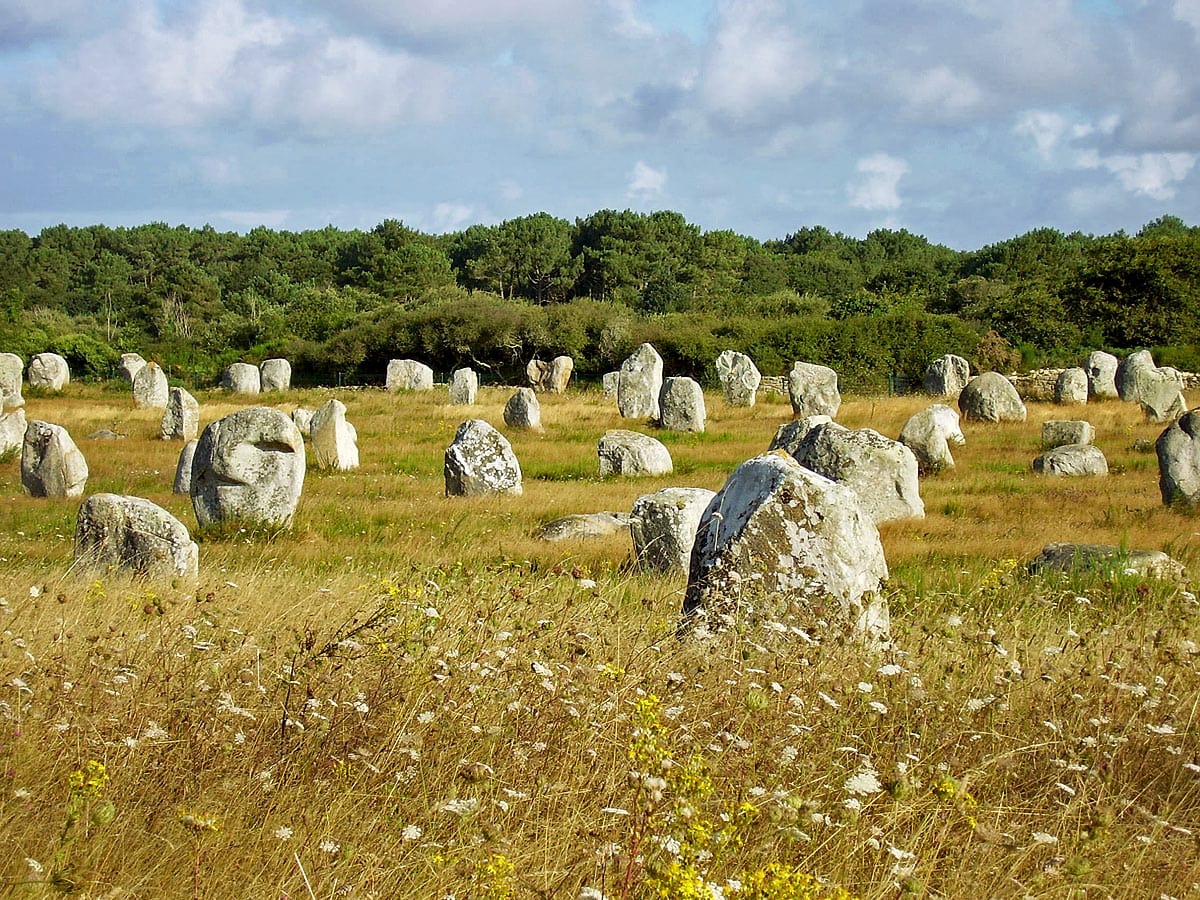
Knowth
Ireland
Passage grave from the Neolithic age, roughly 2500 – 2000 BC. The largest mound is some 12 m high and 67 m in diameter, there are also 17 smaller tombs. Passages and kerbstones in these tombs are adorned with megalithic art – here is concentrated approximately one-third of all megalithic art of Europe, with more than 200 decorated stones.
Su Nuraxi di Barumini
Italy
The most outstanding of the numerous specific megaliths of Sardinia – nuraghe. Built sometimes around 1 500 BC.
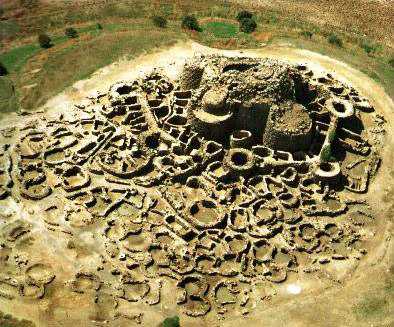
Tiryns (Tirinth)
Greece
Impressive ruins of the Mycenaean city. Development of this settlement started in the Bronze Age and it flourished between 1200 and 1400 BC. Very impressive are its massive, cyclopean walls that are 6 – 17 m thick with tunnels crossing them.
Tarxien
Malta
Group of three megalithic temples that were built around 3250 – 3000 BC. One of the temples was built around 3100 BC and is the best decorated prehistoric temple in Malta. Here are carvings of domestic animals, spiral designs, and other features.
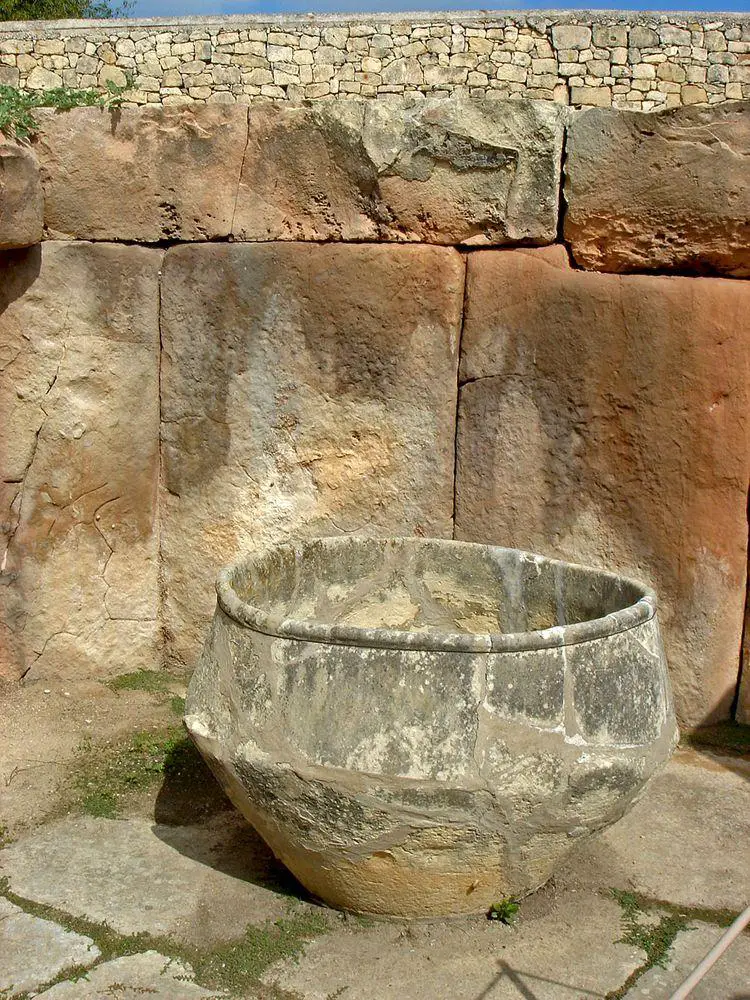
South America
Sacsayhuamán
Peru
One of the most impressive complexes of megalithic walls with blocks up to 120 – 200 tons heavy: possibly built by Kilke culture between 900 – 1200 AD. Ruins of temples.
San Agustín
Colombia
An impressive group of megaliths from AD 100 – 1200, some up to 4 meters tall. This is the largest group of megalithic sculptures in South America. The numerous large-sized sculptures have a high art value. This area is 78 ha in size and includes such sites as Las Mesitas with artificial mounds, terraces, and tombs.
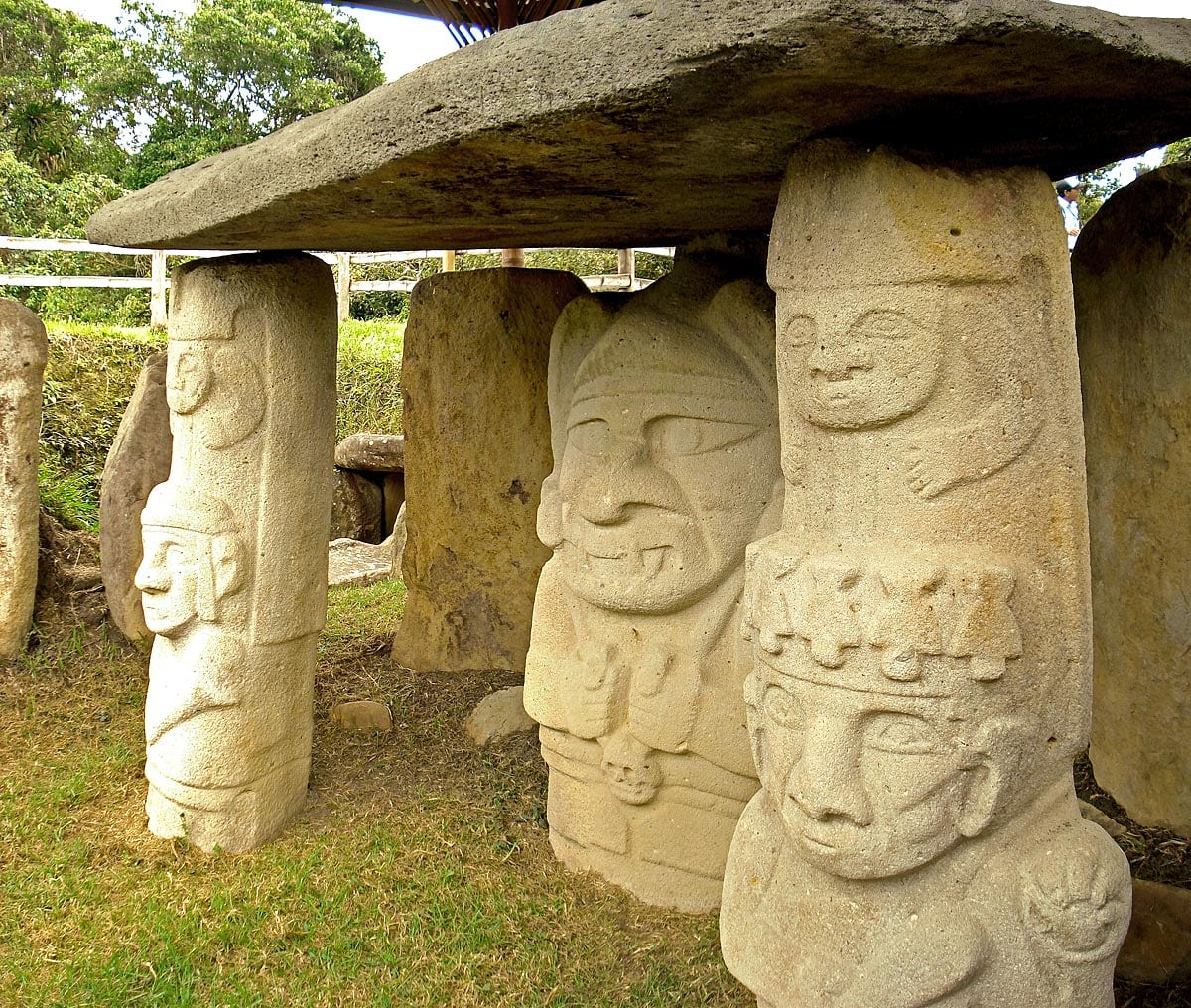
 Recommended books
Recommended books
Magic Stones: The Secret World of Ancient Megaliths
“Magic Stones” documents, in stunning and evocative photographs, our ancestors’ obsession with stone. Throughout Europe stone has been used to create dwellings for the living and the dead, as a canvas for our earliest art, to celebrate the heavens and in ways that are still, even today, beyond our understanding.
Megaliths, Myths and Men: An Introduction to Astro-Archaeology
As commonly used, the term “megaliths” refers to huge, free-standing, neolithic stones whose origin and meaning have long been debated by archaeologists and students of prehistory. Perhaps the most famous neolithic site is Stonehenge, the great circle of giant stones on Salisbury Plain in England.

